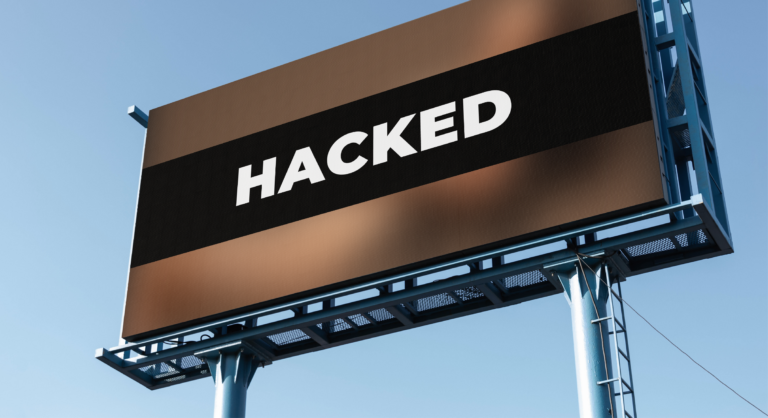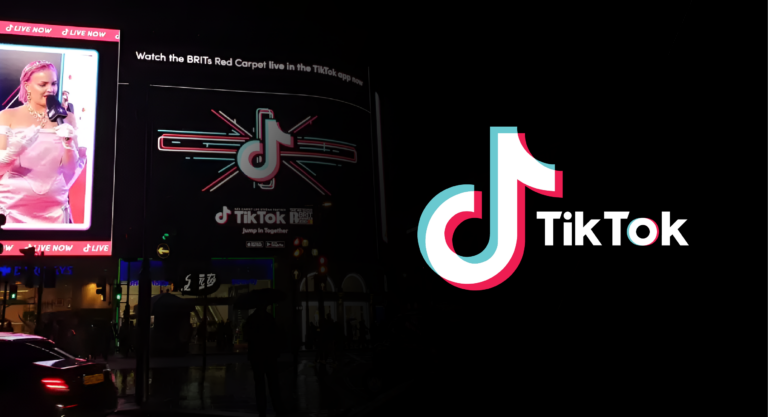The United States is going through an intense election season, and the media continues to play a key role. According to a forecast published by eMarketer, this year’s political ad spending will be the most expensive in the country’s history, at more than $12 billion. In this context, digital outdoor advertising (DOOH) is positioned as an attractive destination to reach, inform and influence potential voters.
But how is DOOH gaining ground in this election? There is no doubt that social networks such as X (formerly Twitter), TikTok and Instagram, continue to take center stage in political debate. However, this growing digitization is also permeating the physical world, where DOOH has established itself as an omnipresent medium.
One of its main advantages is the ability to generate hyper-segmented campaigns that resonate with different demographics, from large metropolises to rural areas. This flexibility is both in terms of location and time, allowing the message to be adapted according to the context. An example that goes beyond the usual is the minute-by-minute transmission of a debate on the increase in the price of gasoline to voters as they fuel their cars. This is achieved through HTML formats that allow templates to be created with editable components, making it easy to modify content and select new locations as the debate escalates to other topics.

Secondly, this DOOH upturn is also due to the saturated and costly inventory of traditional media, such as television or CTV (connected TV). For David Krupp, CEO of Billups, this situation has intensified especially in key states, noting that very few voters are going to decide this election. “I think there’s an exhaustion that voters start to feel when every single one of the broadcast ads available is for a party ad or a candidate,” comments Krupp.
A final point to consider is the growing concern about fake news. Undecided voters, one of the hardest to reach, tend to ignore social media advertising due to the proliferation of misinformation. On sensitive topics, such as elections or public health, the outdoor advertising industry is governed by strict regulations that demand greater transparency about the origin and purpose of the message. This is complemented by the fact that voter confidence in messages seen in OOH is significantly higher than in digital media and television.
Faced with a more competitive electoral race where every vote matters, political advertisers cannot do without a medium such as DOOH, especially in omnichannel strategies. As for media owners, it is necessary to facilitate the verification of inventory suitable for political purposes. This will facilitate media planning and avoid risking brand safety by placing their creative near potentially polarizing content.





